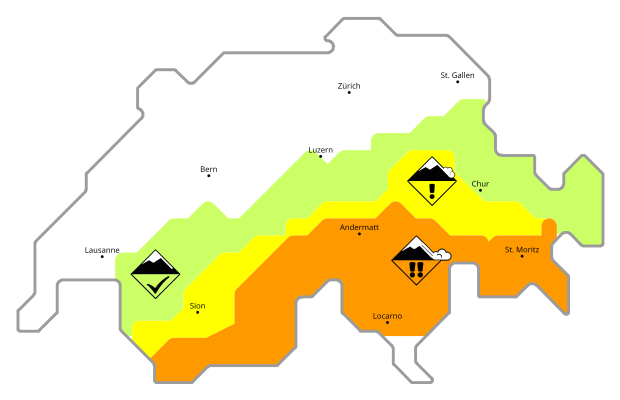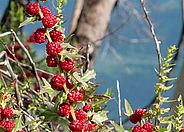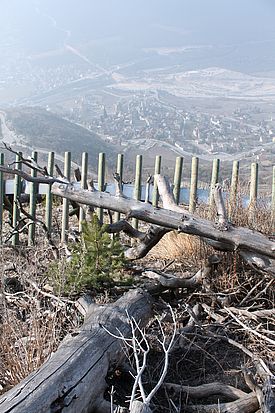Forest fires wreak havoc on animals and plants, and communities and transportation infrastructure face an increased risk of erosion and rockfall following a fire. Nevertheless, species soon return to affected areas and their diversity surpasses the level of the previous forest within just a few years.
Contents
The rate at which the forest recovers depends on the type and frequency of the fires. With frequent and intense fires, only those species that have adapted to fire − known as pyro-resistant species or pyrophytes − are able to survive. At the same time, fires cause the living conditions in the forest to change, which in turn encourages the proliferation of new species. Following the fire, the temporarily sparser forest structure and improved supply of nutrients offer excellent living conditions for many plants and animals.
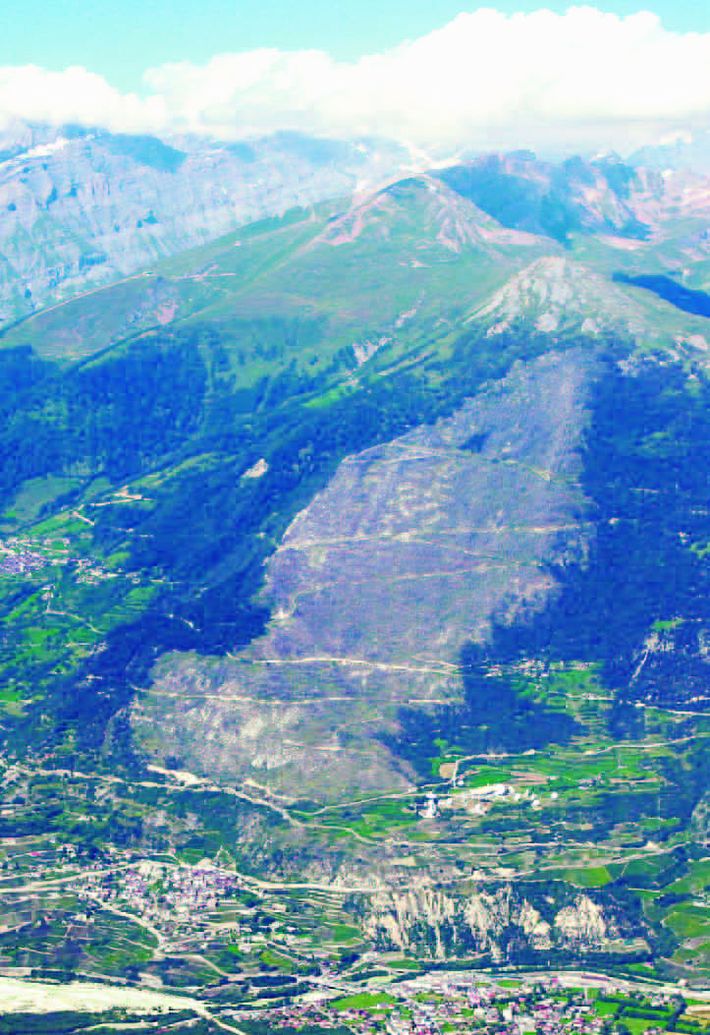
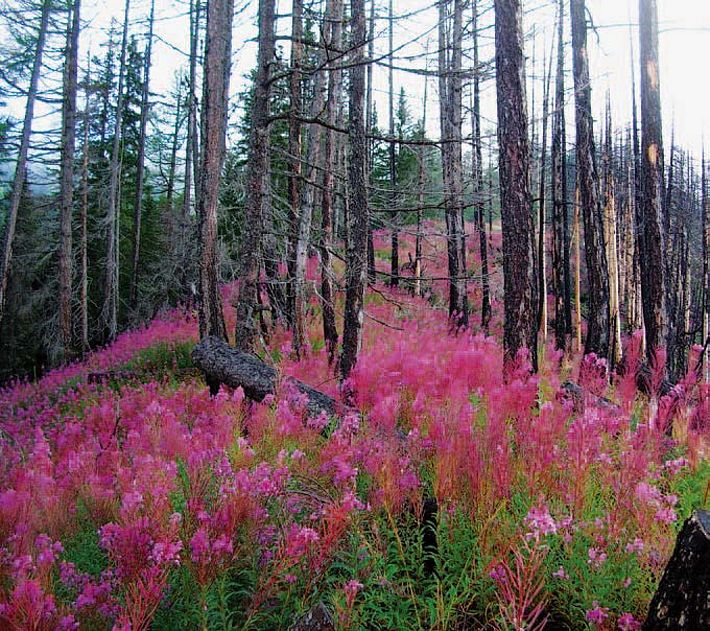
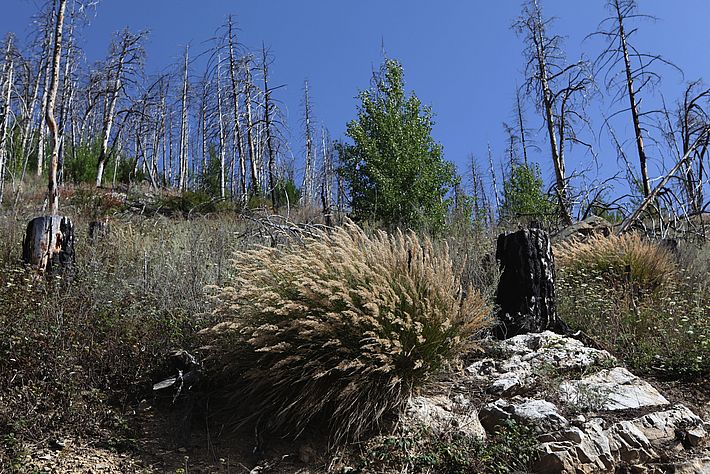
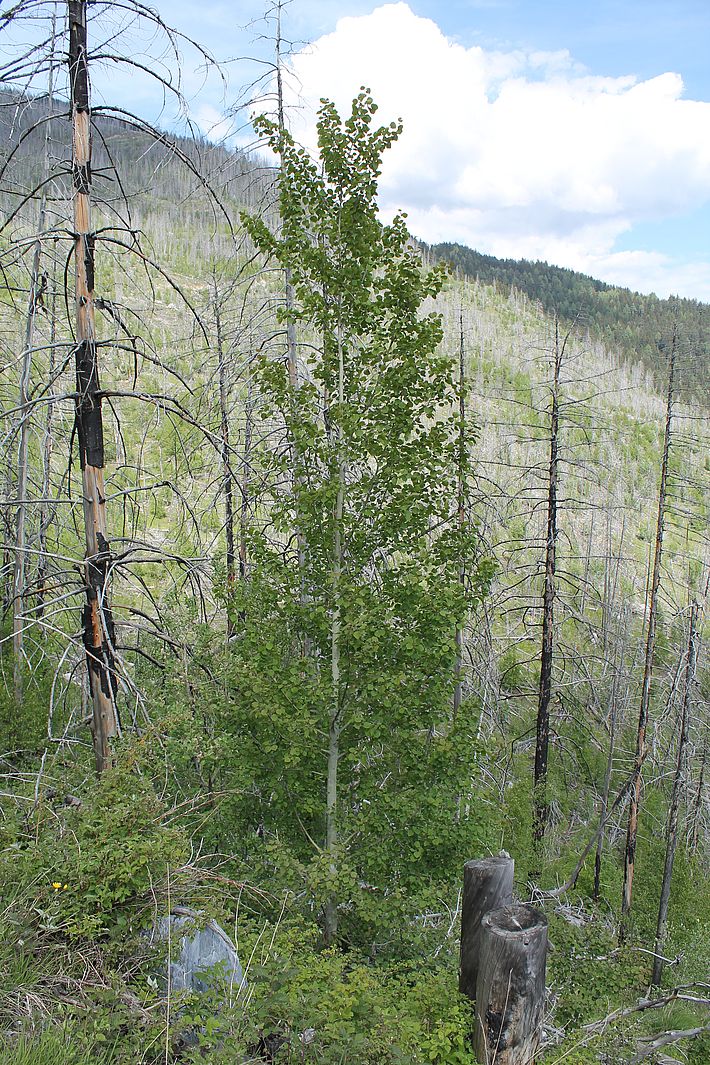
Forest fire near Leuk (2003)
On August 13, 2003, more than 300 hectares of forest with about 200,000 trees burned down near Leuk, causing property damage totaling 7.6 million Swiss francs. Already shortly after the fire, an impressive biodiversity unfolded. In the following 20 years, we researched how plant, fungal and arthropod species recolonized the forest fire area.
Results:
Whereas numerous herbaceous plants grew at first, grasses began to dominate in the lower altitudes. Pioneer species such as poplar, willow and birch spread rapidly. Even 10 years after the extreme event, the species diversity was still significantly greater than in the neighboring mixed conifer forest. For example, nine times more endangered insect species were found in the burnt area than in the neighboring forest, such as wild bees, grasshoppers and important deadwood colonizers like longhorn beetles.
Among the rare plants, the most striking is the leafy goosefoot (Blitum virgatum), which is very rare in the Valais. It appeared en masse two years after the forest fire after its seeds had survived in the soil for decades. The growing conditions on a burned area are completely different from those in a closed forest. For many rare species, fire temporarily creates a suitable, often huge habitat. Other species can benefit from the first arrivals - an extremely fascinating food pyramid builds up and gradually disappears with forest encroachment. From this point of view, a forest fire is an enrichment for nature. For settlements and traffic routes, on the other hand, the lack of protection against natural hazards over a longer period of time represents a risk.
Protection function:
After 10 years, scrub forest grew up almost everywhere, although later and more patchy in the lowest, very dry locations than in the higher ones. At the lowest altitudes downy oaks join the scrub forest. As the originally numerous forest pines cannot reach the places far from the forest edge with their seeds, we notice a change of tree species. At higher altitudes, spruce and larch will overgrow the scrub forest in the next decades. We still have to wait a long time to see a forest as it once was.
